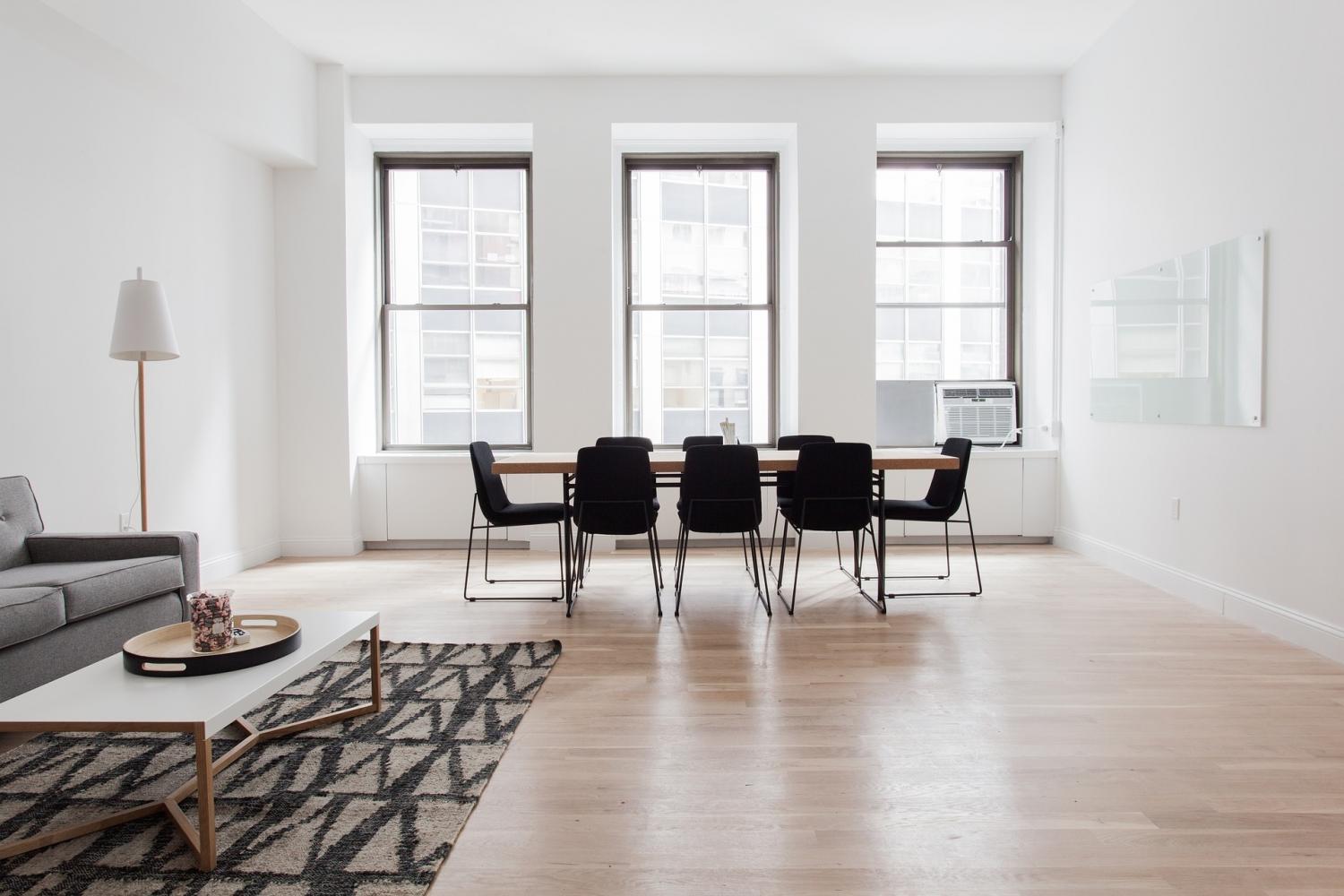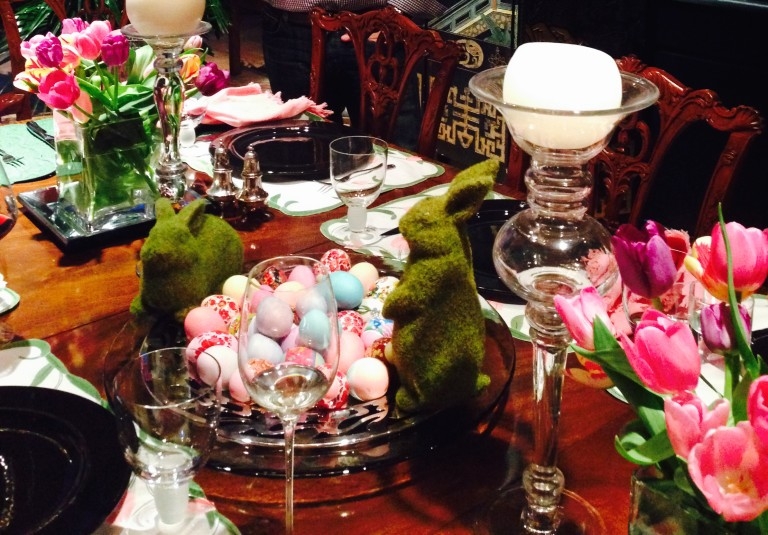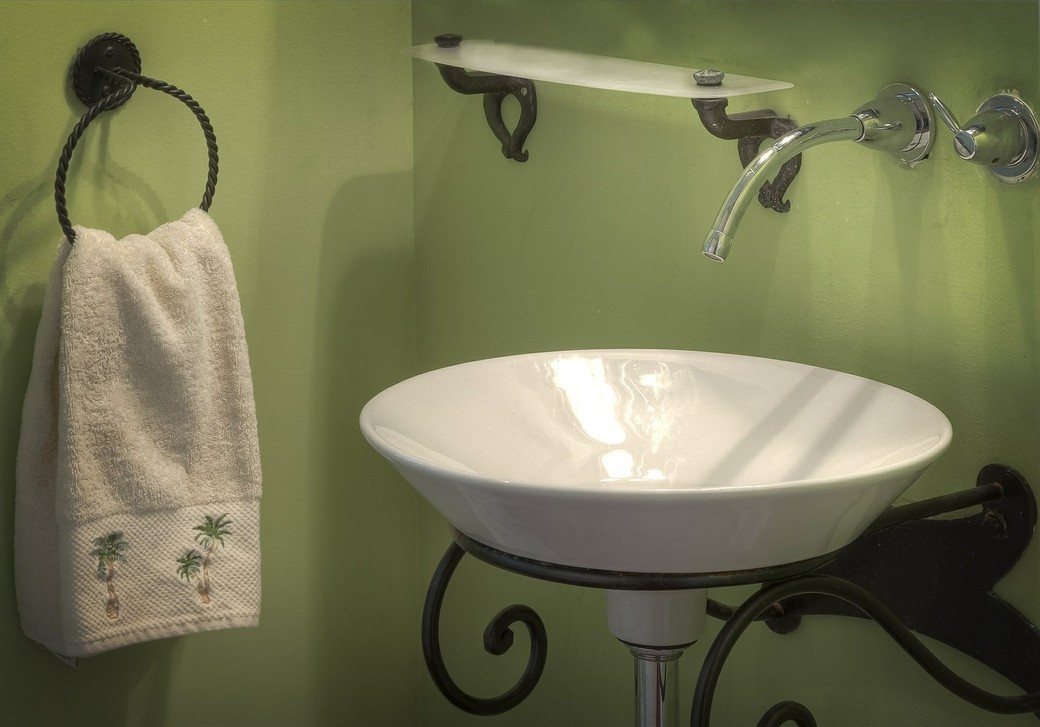
Furniture Fashion: Choosing the Right Furnishings
We are getting well into spring now. If you are yet to redecorate your home for the season, consider doing so, and it’s important to choose the right furniture. A home is not just its occupants, but the fittings and the manner the whole space is presented.
As we all know, selecting furniture that suits our tastes, is more than simply falling in love with its beauty. You must be able to determine whether the style and construction of the piece is durable.
It is therefore imperative to consider the distinct details and construction quality of a particular item, as this helps to seal the deal. In addition, getting a little professional guidance never hurt anyone.
In this article, we will give you valuable tips on choosing suitable furniture for your home or office. As they say, a comfortable couch makes a comfortable living room.
Things to bear in mind
Any expert will tell you that spring is about rebirth, the season of new beginnings. Incorporate this principle when refurbishing your room. Whether it is the living room, or the bedroom, or even the kitchen, go for something less heavy and brighter. For example, the thick curtains you had for winter should be replaced by lighter ones. Also, change your rug for something bright. The turn in season requires a brighter underfoot material.
Construction
When it comes to furniture pieces, you want them to feel solid and heavy. Some people go for particleboard and thin aluminium frames. While we are not averse to them, our experts suggest you are better off with a solid wood construction any day.
Solid wood frames naturally last longer, and are the usual requirement for fine furniture. However, during costing, make sure the price matches your expectations in relation to its longevity.
Cushions are also an important element in the construction of a furniture piece. Before making a purchase, perform a ‘sit test’. If your new upholstery is not comfortable, you will never enjoy it, no matter how attractive it looks.
Silhouette
How trendy is the overall shape of the furniture? Will it stand the test of time? A piece of furniture is an investment in your home, and it also says a lot about you. Select a silhouette you will enjoy now and in the future. However, this doesn’t mean you should buy something shapeless or devoid of style. Whether you love contemporary or traditional designs, the market is filled with various updated versions.
Finish
Does your furniture have an open wood surface? It is important to consider the stain or colour of the finishing. The colour of many wood pieces are significantly altered by factors such as heat or coffee stains. Most people prefer a cover or table top to protect the main surface. You can simply take a chair from outmoded to modern by converting a wine stain to dark paint, or covering a wood surface with a table top. Similarly, you can make a mahogany piece seem more feminine by painting it white.
Fabric
Going for a more formal living room? Perhaps for an office setting? Or a bedroom with cosy ambience? Choose pieces with a lighter colour. However, if you are going to be using this furniture frequently, it is better to go for a darker fabric.
The Unusual
Sometimes normal is boring. When furniture shopping, dare yourself to adopt the extraordinary. Look for a piece with an unusual element. Maybe it has a slightly unconventional shape, or a remarkable tufting, or a nail-head detail. Whichever one, ensure that you reflect your personal style in the set that you choose.
Adding more pizzazz to your furniture purchase
Make shopping fun by assessing your needs from the get go. Will it last? Is it high-maintenance? What is my spend limit?
Sometimes, the task of furnishing your home can feel like a chore, especially since buying furniture seems quite ‘final’. But, if you follow simple shopping guidelines, stress won’t drag you down, and it can ease your decision-making process.
Choose your preference
List the colours, patterns, and textures that you like. It is also good to mix and match your design, provided you have a rhythm to your method. But if you are not sure, assign your décor to any of the following categories:
- Casual (earthy, comfy-appearance, wood)
- Modern (angular, sharp, metallic)
- Country (floral, soft, painted wood)
- Traditional (damask and chintz, antiques, cherry-red wood)
- Eclectic (artisan or ethnic pieces, well-individualised)
It generally works best to choose a main theme, but accent your look with some contrast. For inspiration on home décor designs, turn to TV shows, magazines, catalogues, and books.
Evaluate your current décor
How satisfied are you with your current design? Study your existing furniture closely. Will the new furniture fit in nicely with the old? If the furniture you already own needs repairs, give it a makeover before the new ones arrive, to avoid conflicting décor.
If you plan to mix old and new furniture, add samples of your existing colours to a scrapbook, to ensure you get a good match while shopping. If you are going to paint, dip a popsicle stick in the paint, dry it, and attach to your scrapbook. This way, you can buy paint colours than complement the room and furniture.
Consider your lifestyle
The reality of your living conditions affects the type of furniture you have. For example, if you have boisterous toddlers and a shaggy terrier running around, you may want to limit the number of glassware items in the house. Likewise, white furniture may be unsuitable at this time. As your children get older, you can begin to introduce more delicate furnishings.
It will also be unnecessary to have an expensive leather sectional sofa if visitors rarely come to your living room. There is no rule that you must buy all you need at once. Take it one day, or week, at a time. However, be sure to maintain the existing furniture properly, so it doesn’t look out of place when the new furniture arrives.
Capitalise on free services wherever you can
Finally, don’t be shy to take advantage of freebies. You can find them in various magazines or as promos for a new product. From free interior décor, to product magazines and room planning guides, you can make over your home without leaving a dent in your bank account.









